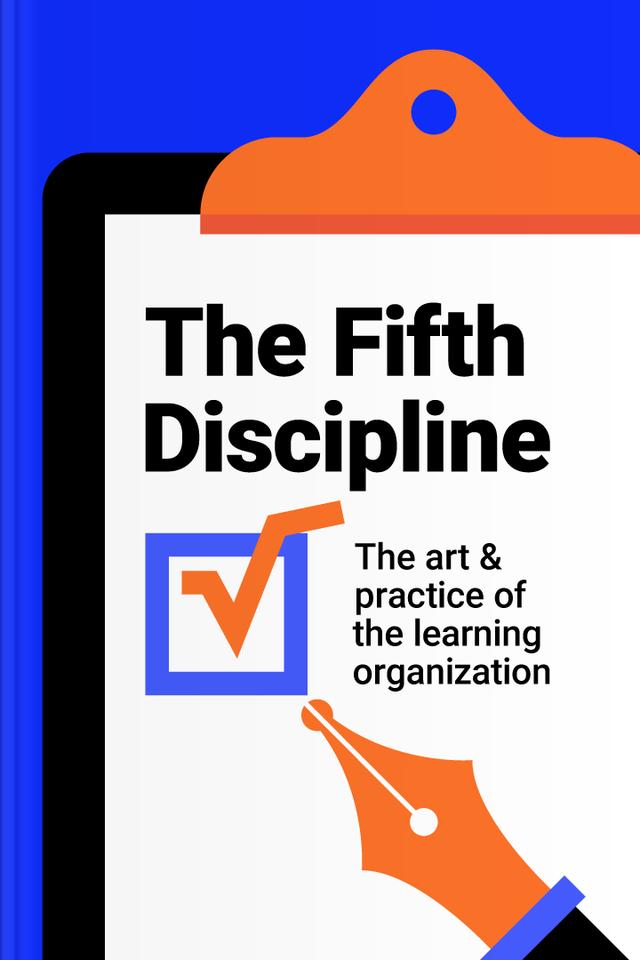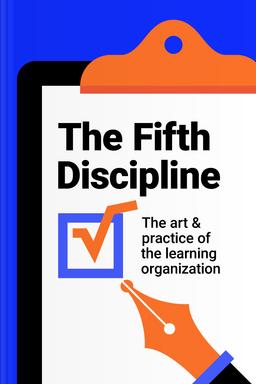You’ll learn
- To unlock team potential
- Keys to outlasting competition
- Ways to solve problems with systems thinking
- How to invest in personal growth
- The pillars of learning organizations
russia has launched a full-scale war in Ukraine. Donate to support Ukraine and protect the world’s peace.

first KEY POINT
Some people are lucky to have the training to break apart and analyze problems early in life. In a way, this makes difficult tasks easier to cope with and reduces the chances of making foolish mistakes. Others only develop problem-solving skills after a series of mistakes, and some people never quite learn it. No matter the category you belong to, consider this summary an asset in your problem-solving arsenal.Here, you’ll learn the ideas needed to succeed both as an individual and an organization. It will also provide tools for destroying bad attitudes and illusions that you might have picked up unknowingly. By relinquishing these misconceptions, we pave the way for flourishing learning organizations — environments where individuals consistently enhance their ability to generate outcomes they genuinely take pride in.Learning organizations help people explore new and broad thinking patterns, collective ambition and aspirations are set free, and people can continually learn how to grow together.What differentiates learning organizations from traditional controlling ones is the mastery of basic disciplines. In a learning organization, individuals persistently adopt novel and improved methods to shape their reality.These organizations are founded on five key disciplines: personal mastery, mental models, shared vision, team learning, and systems thinking — the latter being the focal point of the following key points.
We might touch a little on the other four disciplines, but we'll focus more on systems thinking. Let's get started.
second KEY POINT
Managers can always overcome poor performance in organizations by making minor changes in design and management. However, most companies are rigid once they grow, so these changes become challenging to make. Therefore, they stop learning and thriving, and the loop continues until they do something about it. Such bottlenecks create organizational learning disabilities.

Continue reading with Headway app
Continue readingfirst KEY POINT
second KEY POINT
third KEY POINT
fourth KEY POINT